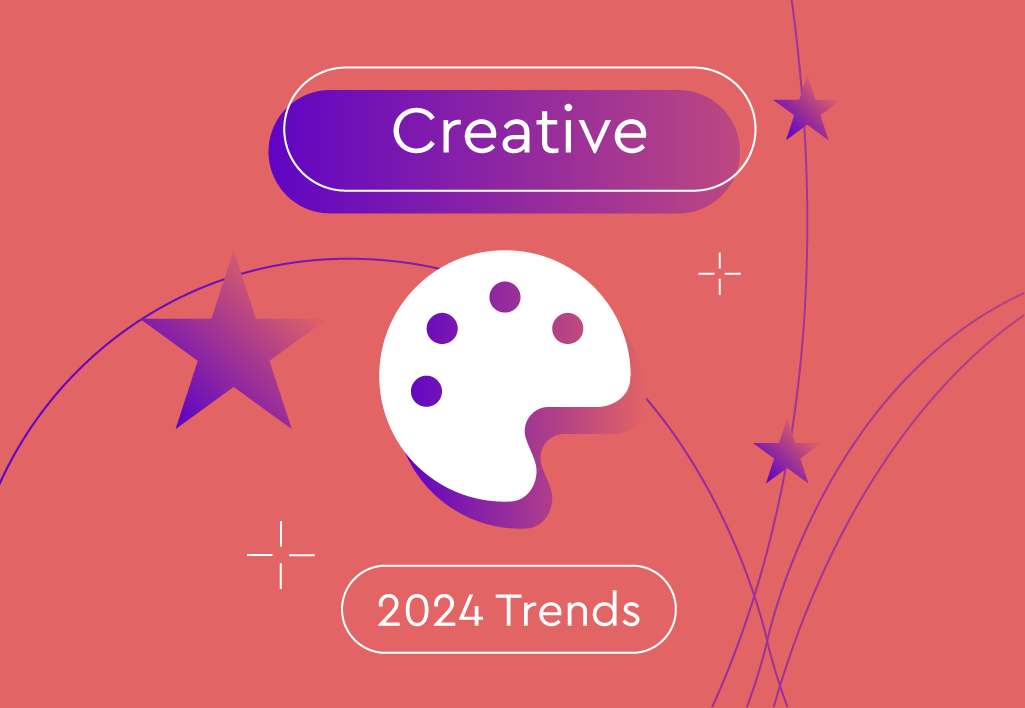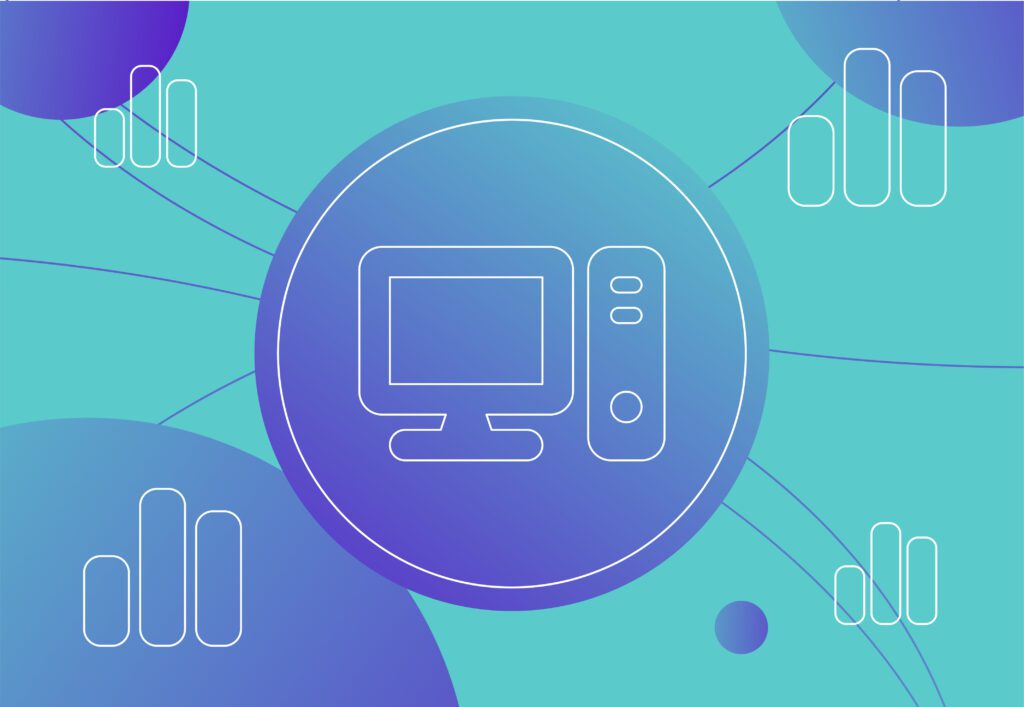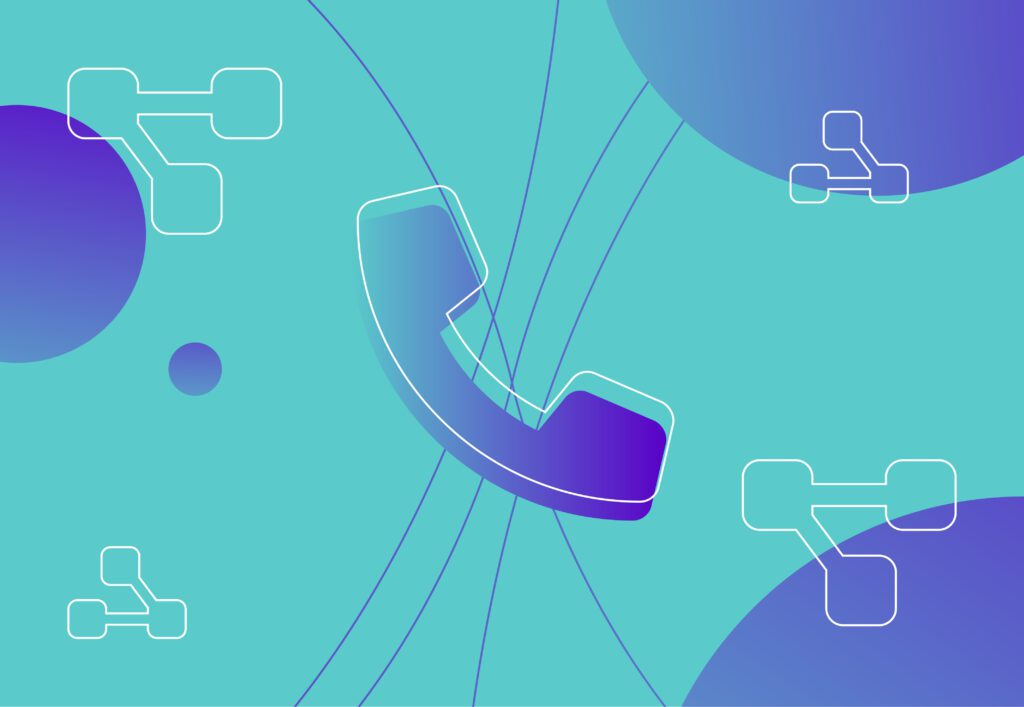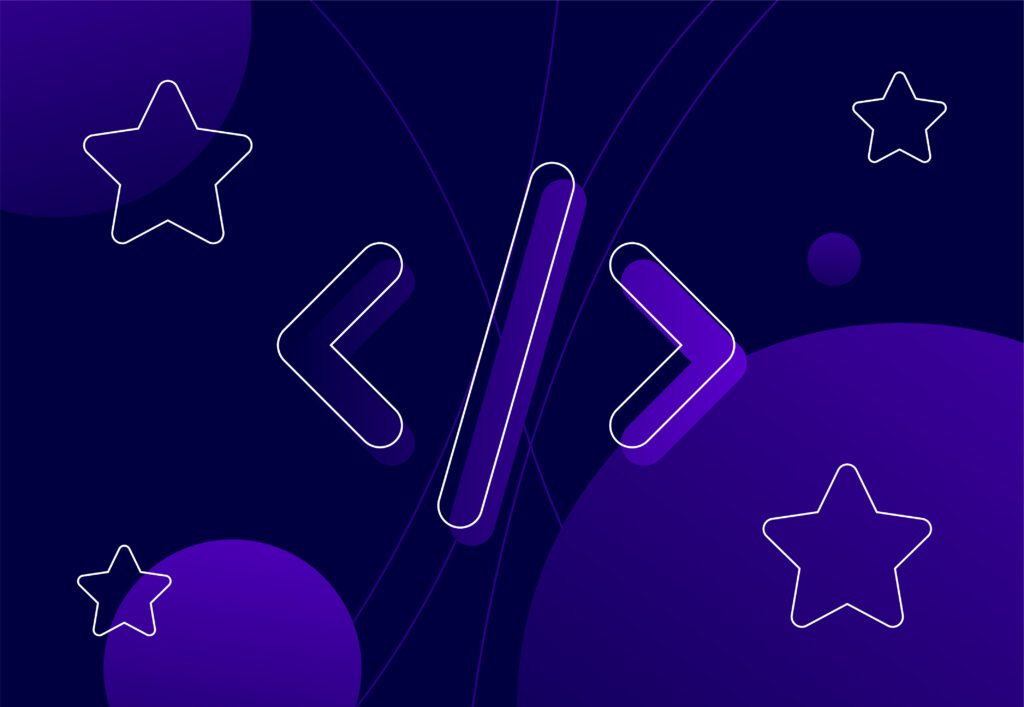
9 Design Trends That Will Be Big in 2024

Staying relevant in a world with fast-paced trends requires the ability to predict the markets, reinvent yourself and your designs as well as focus on future trends/ spikes. Design trends are formulated by many factors, such as technological advancements, changes in user preferences, and artistic movements in music, fashion and other cultural markets.
Unlike social trends, design trends are more linear and stick around for a longer period of time, spouting a couple of years before they peak in the mainstream markets allowing designers to pick up new trends before they become popular.
To ensure you aren’t just keeping up with trends or even falling behind we have curated a list below of some of the main design trends we think will be popular over the next 12 months to help inspire the way we interact.
5 Trends from the World of Design in 2024
1. Bold Minimalism
With a limited colour palette, minimalism focuses on typography and layout using these to communicate clearly and precisely. This trend has stood the test of time and has been around for the majority of this decade spreading into the previous.
Bold Minimalism can be split up into the following categories/ elements:
2. Large, Oversized Typography
Considering large or oversized typography on a site can help the minimalism factor, this conveys the necessary information in the first look creating obvious identification points for users on the first look. Using a plain colour palette along with this can add to this effect allowing for the typography to take centre stage.
3. Layered, 3D Elements
The layering of elements has already been a large factor of design trends in 2023 adding depth to a website which in most recent years has been the place of flat and minimal design.
Websites have used scroll since the first inception of a website. However, how users use and designers create scroll functionality has changed based on trends. To start, the website used a similar vertical scroll for navigation, developing further into horizontal scrolling for scroller elements (E.g. timelines). These days CSS and JS can play a large part in scrolling using JS-scripted animation to layer certain elements over others scrolling at different speeds to create different focal points depending on where you are within the scroll.
In 2024 layered and 3D elements will create a larger divide between content allowing 3D perspectives to be used more effectively. For example, using this trend with oversized type can allow for high contrast between typography and imagery, using blur for the imagery can also help the layering effect here making the oversized text stronger.
4. Playful Design
Playful design is always hard to add to a site without causing issues with performance and conversion. But depending on the outcomes you want to gain from the site or how the target audience uses the site, overall playful design can be seen as a great idea.
Playful design elements such as illustrations, and interactive content, will keep the audience engaged and entertained for hours. Playful design however is not something any website can just use. Playful aspect overall needs to be a solid identifier of the company prior to adding it to a website.
5. Clear Or Visible Borders
With websites moving away from a standard layout for certain elements creating clear and visible borders is important to users, identifying connecting content and CTA for users to engage with improves usability and conversion rates.
Within minimalism, borders are used as a design piece more than anything. These can be as simple as keeping guides visible when aligning elements.
6. UX-Focused Design
As the internet becomes more of a normal place to navigate it is harder to increase engagement as users become more aware of certain concepts and marketing strategies. Due to this more designers are turning to learning UX (User Experience) and adding it to their skill set allowing for sites that are optimised for the best user experience possible.
This trend has been around within the design industry since around 2014 and with technological advancements this process is improving year and year allowing for more understanding of how users use sites. In the future, we could see this trend focus on AI for improvements helping to simplify navigation and offer solutions to traffic issues.
7. Complex Gradients
Instagram was the first mainstream platform to really grab gradients and run with them adopting it as the main focus of their colour palette shortly after the rebrand designers caught onto this trend focusing on gradients to add character and appeal to a website.
If you’re creating a website consider adding gradient accents with a muted colour scheme to brighten the page with the gradient pulling focus to that area, this would allow for muted CTA buttons making them contrast to its surroundings improving click-through. This idea can also be flipped on its head using gradients on CTA buttons while using a muted colour palette and imagery. All colours used within the gradient would need to pass WCAG guidelines to be contrast-compliant. Mixing these CTA with muted or monotone imagery would allow for the CTAs to be the focus of the site, also improving click-through rates.
8. Bento Grids
A Bento grid is a concept inspired by the Japanese lunch box known for being split into different sub-sections. The first Fortune 500 company to take hold of this trend and make it their own was Apple, particularly in their keynote speeches to represent all the features coming in the latest IOS.
Using bento grids is a great way to showcase a lot of elements at the same time without cluttering the screen. They offer a sense of organisation along with being able to apply minimalism trends by incorporating borders into the sections. Offering animation at this point to switch out content also increases the use cases of the grid.
9. Generative AI
With the explosion of AI-based engines over the past 12-24 months, trends surrounding these applications are also on the up.
When it comes to AI within design there are many multimodal AI models that are pushing the boundaries, some of these include OpenAI’s GPT4, Meta’s Llama 2, and Mistral. In 2024 there is hope these AI models will go beyond text allowing users to mix and match content based on text, audio, image, and video for prompting and generating new content.
Look Sharp in 2024 With These Design Trends
From complex gradients to UX focus design you can expect to see most of these trends dominate the industry in the next 12 months. If you are creating new websites or marketing material keep the above-mentioned trends in mind.
Focusing on Bento grids, bold minimalism and generative AI you can expect to create a timeless and forward-looking website. At Embryo, we take UX web design very seriously and it forms an important part of our digital marketing strategy. To learn more about that strategy feel free to get in touch with our team by phone at 0161 327 2635 or email [email protected].




